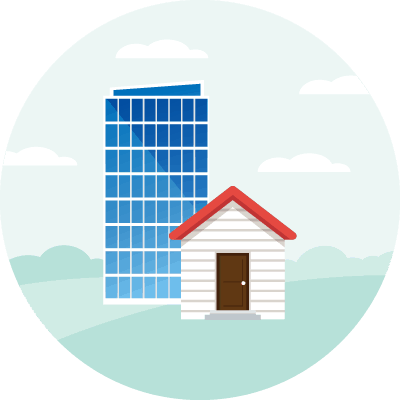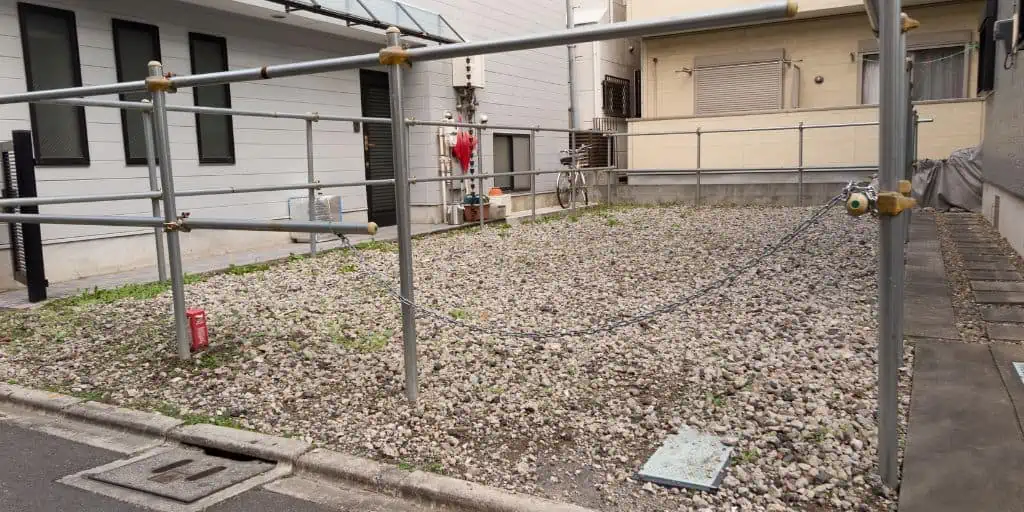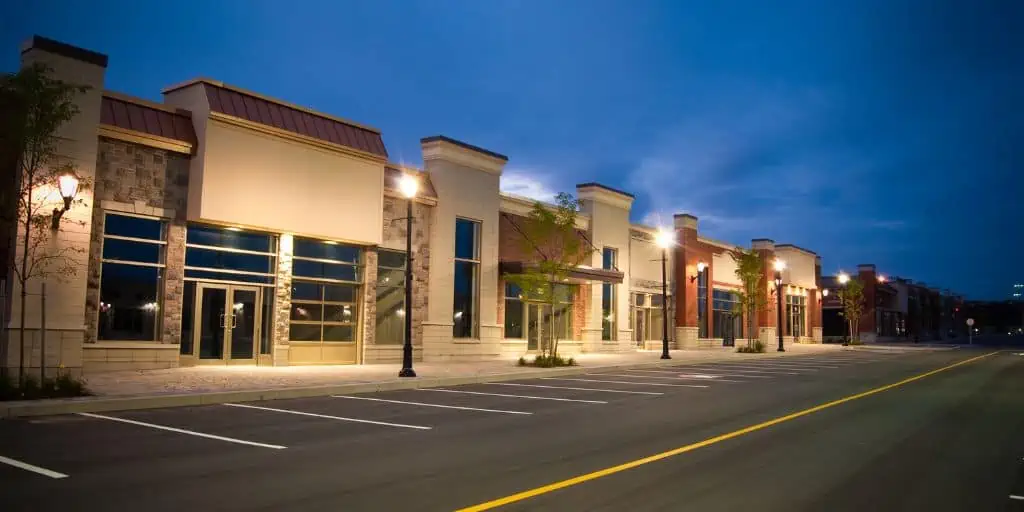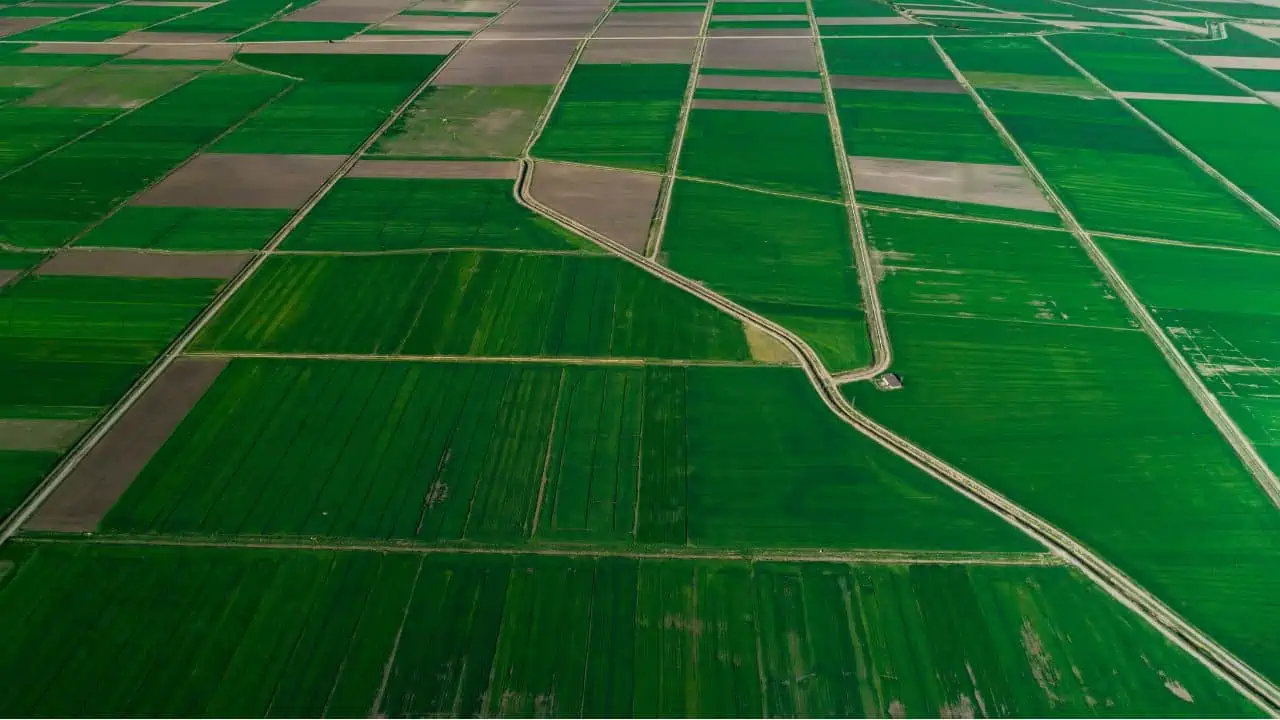What Is an Infill Lot?
Shortcuts
- An infill lot is a parcel of vacant land in an urban area, such as an empty parcel between two houses.
- Buying an infill lot can let you build a house from scratch in an established neighborhood with access to public utilities and modern conveniences.
- Infill lots often exist due to previous buildings being demolished, left vacant, or in some cases; they may be leftover spaces that were never developed.
- Developing infill lots may help slow down urban sprawl and maximize the local economy of the city or municipality.
Developing an Infill Lot
Developing an infill lot involves making the most of existing untapped land resources in a developed area instead of expanding. This way, a community can become denser without the risk of urban sprawl[1]. Many urban planners find that if left unchecked, urban sprawl has a significant impact on the environment and residents’ well-being and may even serve to disconnect and alienate them from elected officials and government decisions[2].
Infill lots come in many forms. The most popular are residential, small-lot, mixed-use, and transit-oriented.
Residential infill projects aim to increase the supply of residential real estate (i.e., housing) inventory. While they don’t always result in more affordable housing, they can diversify housing options to cater to different needs and budgets[3].
Small-lot infill projects maximize every inch of land in certain areas by relaxing building standards like minimum lot size requirements. In places where housing shortages are typical, they can build more homes on less land.
Mixed-use projects focus on combining where people live, work, shop, and play in one location. Made possible by unconventional zoning regulations, infill lots bring different types of properties together to make communities more livable.
Transit-oriented projects help people live conveniently close to public transportation, making owning a car more of an option (or even a burden) than a necessity[4].
How to Find Infill Lots
The easiest way to find infill lots is to drive by neighborhoods, use online maps, and browse through land listings.
If you can personally visit established residential areas, do so a few times in one day. This way, you can determine how busy and noisy the locations are from morning to evening.
During your research, observe the appearance of the existing homes. If they all look alike[5], it may imply that local rules exist, which can prevent homeowners from designing their properties as they wish.
Alternatively, if you can’t check out the community in person, use Google Maps. It can show you where the empty lots are and give you a glimpse of what they actually look like.
While Google Maps data isn’t always 100% accurate, it’s generally reliable. In addition, it shows you the date when the street view and photos were taken.
In addition, property listing websites feature properties for sale from different locations.
Infill vs. Redevelopment
Infill lots are empty lots within a developed area, while redevelopment means converting an abandoned or underused structure.
In other words, redevelopment involves converting an existing piece of property.
Infill projects aren’t always straightforward, but at least there may be no need to demolish anything. On the other hand, redevelopment lots are more complicated.
There are two types of redevelopment plots: greyfield and brownfield.
Greyfield refers to commercial real estate that no longer makes money, making them good candidates for mixed-use projects. However, depending on how structurally sound or appealing the greyfield property is, you may have to give it a significant makeover, even replace it altogether.
On the other hand, brownfield pertains to industrial sites such as gas stations, factories, manufacturing plants, and landfills. Redeveloping them is tricky because they can raise health and environmental concerns[6]. If you plan to rehab them, you must first address the hazards they present.
Infill vs. Greenfield Development
A greenfield development aims to develop only pristine land. Greenfield projects intend to urbanize undeveloped land to support a growing population, even if it means affecting the environment in a negative way[7].
By contrast, Infill projects focus on building on empty land within a developed area to slow down urban sprawl.
Pros and Cons of Infill Lots
Developing and investing in infill lots have several pros and cons.
Pros
- Potentially more affordable. Demand for infill lots can vary, and while some people aspire to build dream homes outside of city centers, others seek the opportunities infill lots provide for urban living.
- Wide neighborhood choice. You can enjoy the potential to design your home from scratch while living amidst a community with its character and culture.
- Proximity to the city center. Infill development helps eliminate the need to develop the area outside the town or city[8]. Living where everything is within walking or biking distance can reduce carbon footprints[8]. If your chosen infill lot has been used as a dumping ground, proper cleanup and building on it can contribute to a cleaner and more sanitary environment.
- Development incentive. Investing in infill lots can generate significant profit if you’re a real estate developer. In addition, many communities will be grateful for improving their underused lots to revitalize the local economy.
Cons
- Oddly shaped lots. Infill lots typically have limited square footage and irregular dimensions, which is why they are unoccupied. Many developers find it difficult to design a property that both complies with local zoning regulations yet doesn’t upset neighbors on irregular lots[10].
- Outdated infrastructure. Infill lots are usually found in areas where public services are in place. If you build on an infill lot that belongs to an old neighborhood, you may have to upgrade the infrastructure.
- Hidden issues. Many infill lots may have underlying issues, such as expansive soil[11].
Sources
- Rafferty, J. (2019, July 31.) The Problem of Urban Sprawl. Encyclopedia Britannica. Retrieved from https://www.britannica.com/explore/savingearth/urban-sprawl
- Urban Sprawl: A Growing Problem. (2021, March 16.) The Yale Ledger. Retrieved from https://campuspress.yale.edu/ledger/urban-sprawl-a-growing-problem/
- Ayers, C. (2022, November 16.) Types Of Houses: Popular And Common Styles In Real Estate. Quicken Loans. Retrieved from https://www.quickenloans.com/learn/types-of-houses
- Buehler, R. (2014, February 4.) 9 Reasons the U.S. Ended Up So Much More Car-Dependent Than Europe. Bloomberg. Retrieved from https://www.bloomberg.com/news/articles/2014-02-04/9-reasons-the-u-s-ended-up-so-much-more-car-dependent-than-europe
- Kershner, K. (2023, March 8.) Why do cookie-cutter neighborhoods exist? HowStuffWorks. Retrieved from https://home.howstuffworks.com/home-improvement/construction/planning/why-cookie-cutter-neighborhoods-exist.htm
- Karl Schneider, K. & Spearing-Bowen, J. (2017, August 17.) Industrial waste pollutes America’s drinking water. Center for Public Integrity. Retrieved from https://publicintegrity.org/environment/industrial-waste-pollutes-americas-drinking-water/
- Torrey, B. (2004, April 23.) Urbanization: An Environmental Force to Be Reckoned With. PRB. Retrieved from https://www.prb.org/resources/urbanization-an-environmental-force-to-be-reckoned-with/
- Brasuell, J. (2022, March 18.) What Is an Urban Growth Boundary? Planetizen. Retrieved from https://www.planetizen.com/definition/urban-growth-boundaries
- Hallisey, K. (2022, May 11.) How Riding A Bike Benefits the Environment. UCLA. Retrieved from https://transportation.ucla.edu/blog/how-bike-riding-benefits-environment
- Westerlund, S. (2022, July 25.) How Much Does It Cost to Set Up Utilities on Land? Angi. Retrieved from https://www.angi.com/articles/how-much-does-it-cost-have-water-and-electric-and-eeptic-piece-land.htm
- Roy, A. (2019, July 26.) There’s a chance unstable soil is under your house. 9News. Retrieved from https://www.9news.com/article/news/theres-unstable-soil-under-many-colorado-homes/73-d734d819-2037-4ac5-b2cf-7942410bcb65










